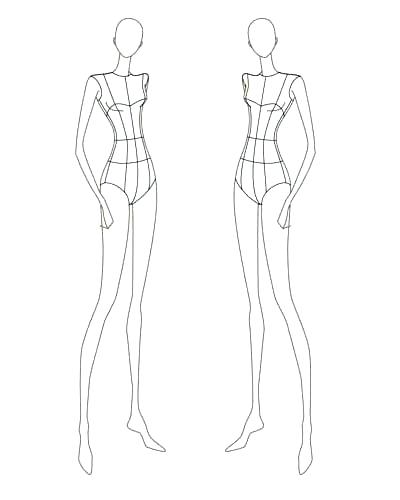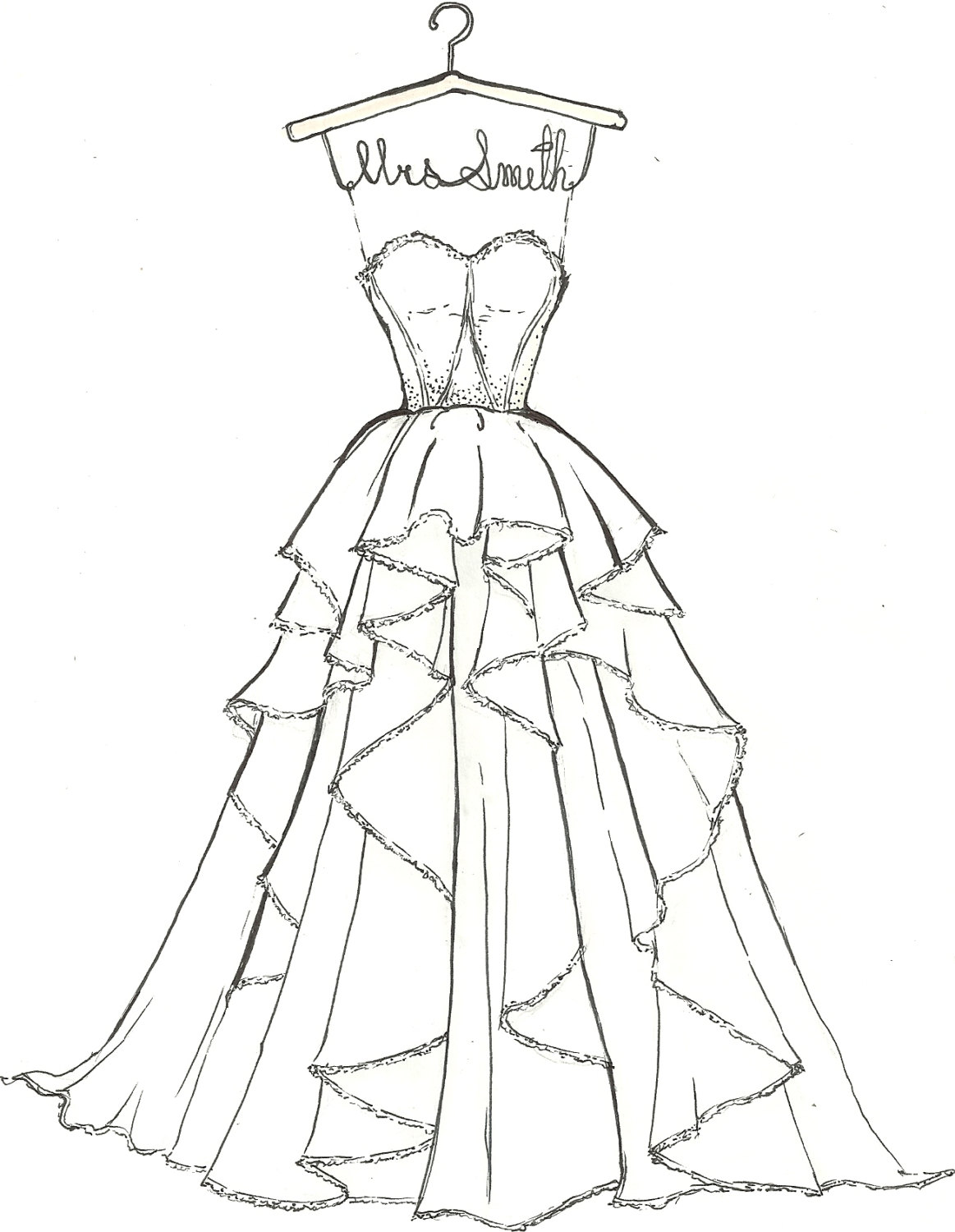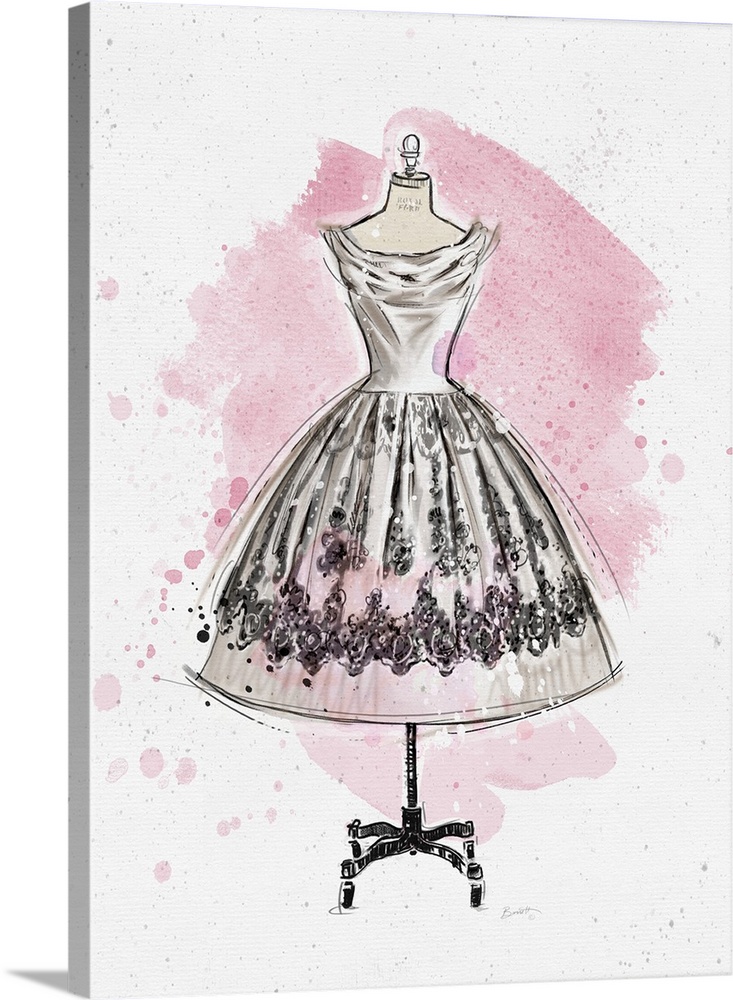


women's yellow sleeveless dress, Dress See-through clothing Top, Women Dress, tshirt, orange, fashion png 1350x1694px 1.87MB.Wedding dress Robe Gown Designer, Small fresh dress, wedding, fashion, magenta png 658x878px 422.37KB.Wedding dress White Ball gown Flower girl, bride, white, wedding, people png 3694x4460px 7.16MB.Dress Silhouette Fashion graphy, mannequin, monochrome, arm, woman png 1350x1350px 324.31KB.Evening gown Prom Wedding dress, dress, blue, fashion, top png 674x1321px 1.03MB.Gown Wedding dress Drawing Sketch, dress, white, hand, wedding png 1024x1536px 224.94KB.Fashion illustration Drawing Art Sketch, Fashion Girl, woman in pink dress painting illustration, watercolor Painting, fashion Girl, fashion png 564x776px 461.02KB.Wedding dress See-through clothing, fashion girl, purple, violet, woman png 500圆90px 362.74KB.gray one-shoulder dress on dress form, Chanel Fashion, Dresses, fashion Illustration, coco Chanel, creative Market png 1321x2129px 1.99MB.Dress graphy Drawing Clothing, Women clothes with a reference, white, holidays, women Accessories png 2264x2328px 702.83KB.Pay attention to bend lines (the curve of the rib cage, etc.) as those angles and lines are crucial to creating a figure that doesn't look like it has dislocated body parts.Draw the waist as a horizontal line that’s shorter than the shoulder and hips lines.

It’s common to sketch the shoulders and hips tilted in opposite directions, in a position called contrapposto, or counterpose.The torso should measure about two heads in length. Notice how the waist is smaller than the lower portion of the body and hips. Refer to pictures of models in magazines or advertisements for reference. When you’re finished, the torso should look like a normal torso you would see on a body.As with a real human body, the shoulders should be the same width as the hips, or the top of the pelvic box. The torso should extend upwards, bending in the midway at the waist and extending out again at the shoulder.

Extend the torso lines upward from the two corners of the pelvic square. Don’t worry too much about creating an accurate-looking model or adding features to the face.ĭraw the torso and shoulders. Note that when you’re designing clothes, a proportional model isn't required, because the clothing is what is being showcased, not your figure drawing skills.You want this line to extend from the top of the model's head to the ground that she is standing on. For example, if you want the model to be posed with her hips tilted slightly to her left, draw a straight balance line in the middle of the page. The balance line should be a straight vertical line, even if you want the model to pose in a leaning position.You can think of the croquis as the skeleton of the model. This is the base of your croquis, and from this, a proportional drawing can be made. Draw it from the top of the head to the tip of the toes, along the backbone of your croquis. This is the first line of your sketch, and it represents your model’s center of gravity.


 0 kommentar(er)
0 kommentar(er)
